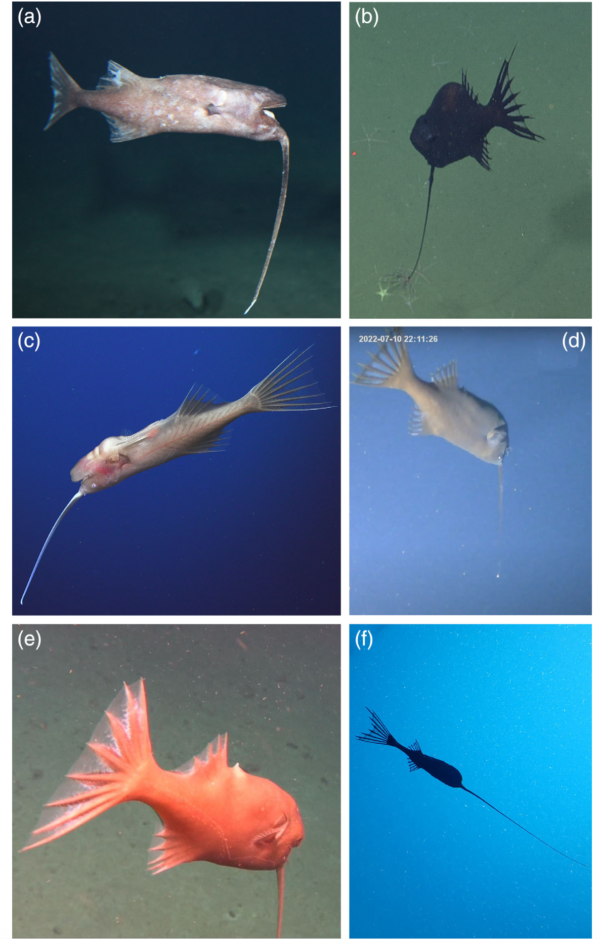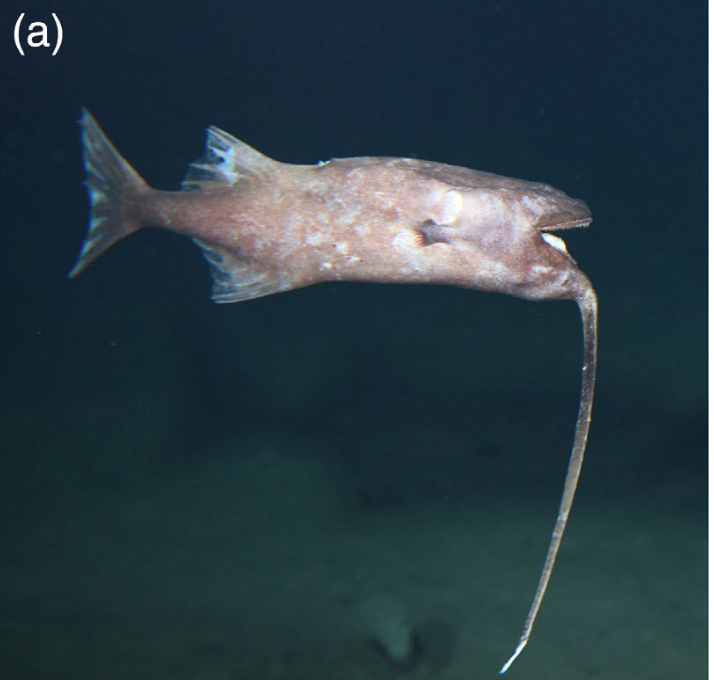The deep-sea anglerfish commands fascination, although admittedly, it might not be everyone’s cup of tea—I’m content sticking with the anglerfish enthusiasts. Among these captivating creatures, the females boast a stunning bioluminescent lure and impressive teeth, while the males often exist as little more than attached parasitic blobs. Their peculiar, bulbous appearance hints that they likely aren’t adept swimmers, preferring to drift along the deep-sea currents—a smart strategy in an environment where conserving energy is crucial due to limited food sources.
One species of anglerfish was filmed off the coast of Monterey, California, revealed drifting and tumbling along, humming Taylor Swift songs. One of these may not be true.

While it was conventionally thought that anglerfish females swim upright with their lure positioned ahead, a case of inverted swimming emerged about two decades ago—a surprising deviation from the expected norm. Cue original Top Gun reference here.

Recent research, adding eight new observations to the pool, proposes that this inverted swimming might actually be the norm for these fish. In these instances, the anglerfish maintained a rigidly straight body, with their unpaired fins erect and the lure held downwards when inverted. The tendency of these fish to swim closer to the seabed suggests a potential focus on bottom-dwelling prey. This inverted orientation likely aids in swiftly luring prey away and clearing the path for a well-aimed strike—a tactical advantage in their hunting strategy within the depths.






